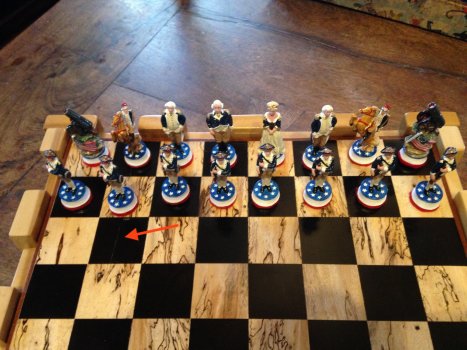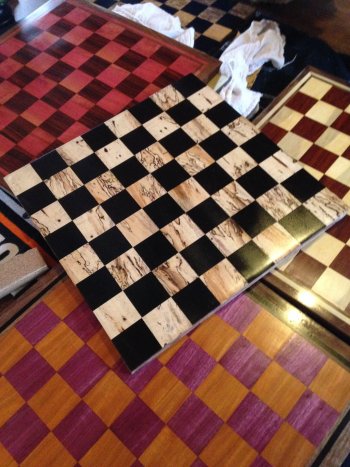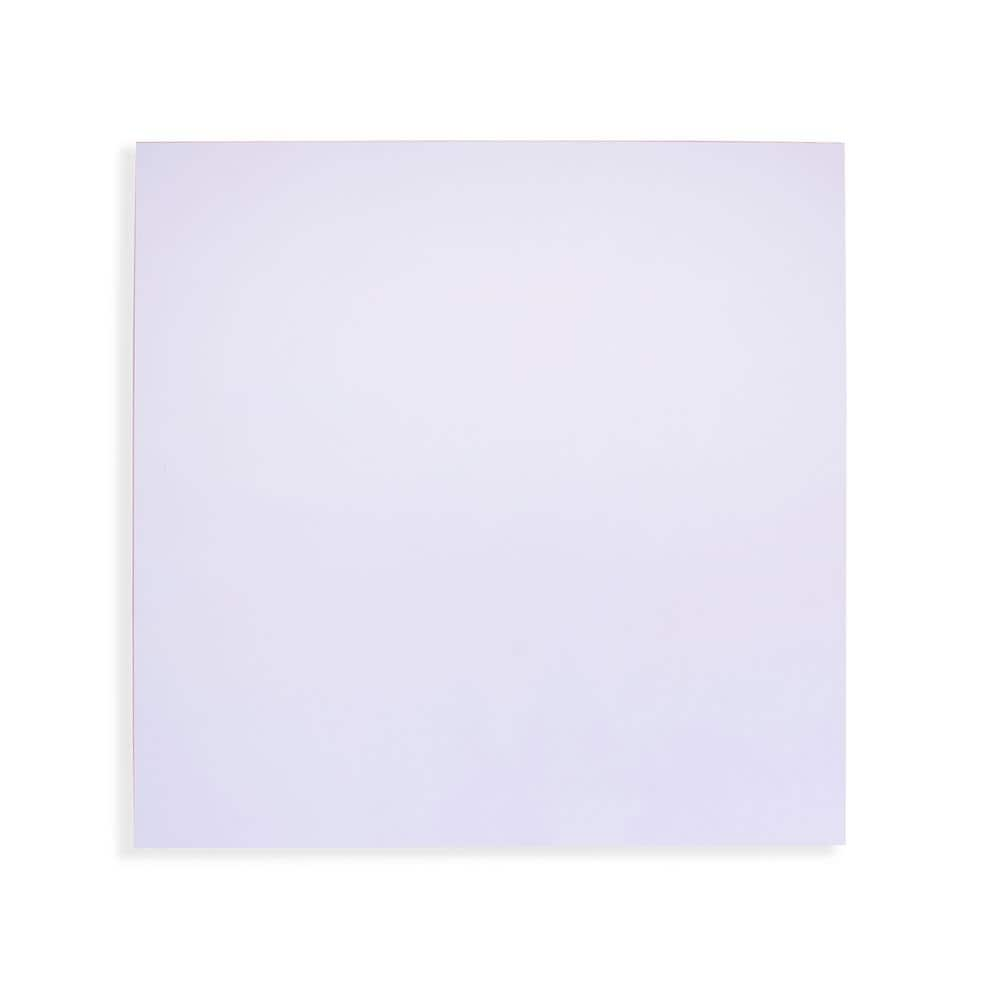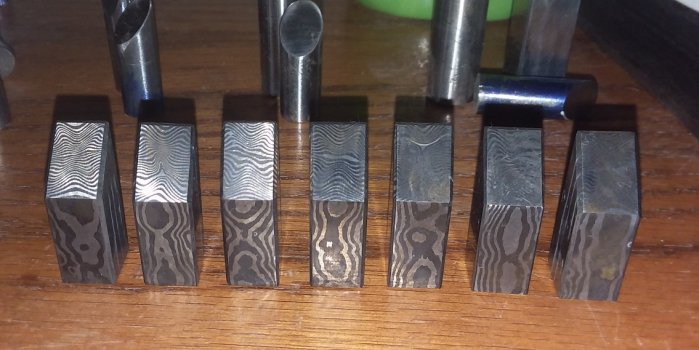billyO
Well-Known Member
Hello all. I want to make a chess board for the damascus pieces I'm making, and I was planning on using ebony and holly for the squares. I have a supply of boards ~3/32" thick that I'm going to cut into ~1 1/4" squares that I was planning on gluing to a backboard, and wondering if there's any specific glue that you'd recommend.
Also, I have some 1/4" thick kiln dried yellow cedar boards (originally cut for Ukulele tops) that I was going to use as the backer board, but I'm starting to think that some thin, cheap plywood would be better suited to resist any warping. Any suggestions here?
I'll probably also have some questions on finishes when I get there.
Thanks and stay safe
Also, I have some 1/4" thick kiln dried yellow cedar boards (originally cut for Ukulele tops) that I was going to use as the backer board, but I'm starting to think that some thin, cheap plywood would be better suited to resist any warping. Any suggestions here?
I'll probably also have some questions on finishes when I get there.
Thanks and stay safe




